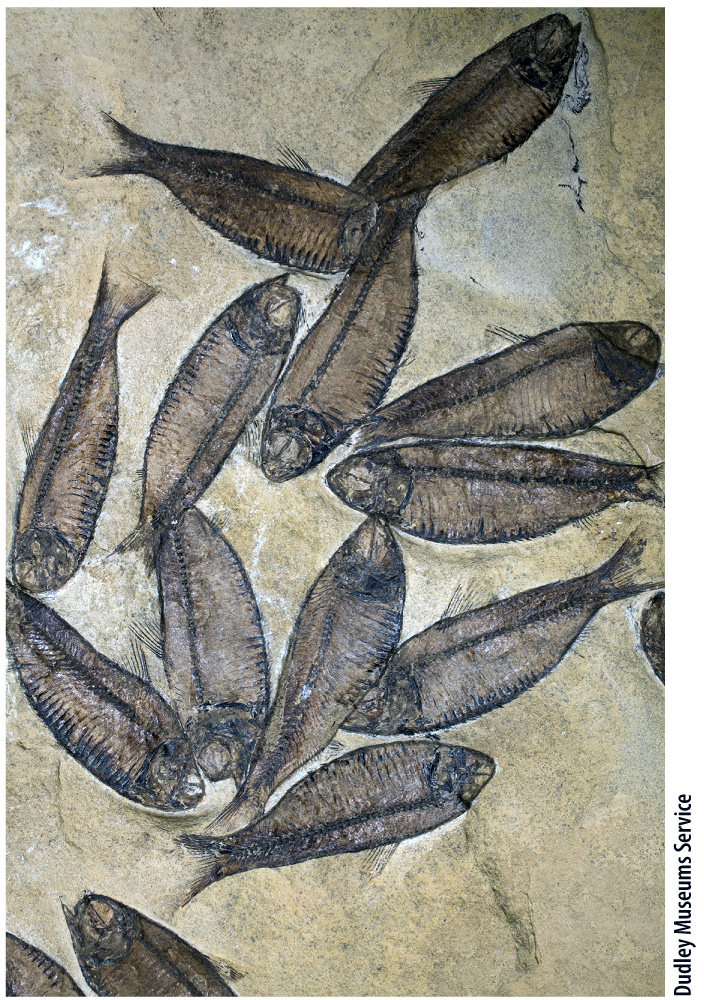Chapter 23 Introduction
CHAPTER 23
Evolutionary Patterns
Phylogeny and Fossils

Core Concepts
- A phylogenetic tree is a reasoned hypothesis of the evolutionary relationships among organisms.
- A phylogenetic tree is built on the basis of shared derived characters.
- The fossil record provides direct evidence of evolutionary history.
- Phylogeny and fossils provide independent and corroborating evidence of evolution.
All around us, nature displays nested patterns of similarity among species. For example, as noted in Chapter 1, humans are more similar to chimpanzees than either humans or chimpanzees are to monkeys. Humans, chimpanzees, and monkeys, in turn, are more similar to one another than any one of them is to a mouse. And humans, chimpanzees, monkeys, and mice are more similar to one another than any of them is to a catfish. This pattern of nested similarity was recognized more than 200 years ago and used by the Swedish naturalist Carolus Linnaeus to classify biological diversity. A century later, Charles Darwin recognized this pattern as the expected outcome of a process of “descent with modification,” or evolution.
Evolution produces two distinct but related patterns, both evident in nature. First is the nested pattern of similarities found among species on present-
Darwin recognized that the species he observed must be the modified descendants of earlier ones. Distinct populations of an ancestral species separate and diverge through time, again and again, giving rise to multiple descendant species. The result is the pattern of nested similarities observed in nature (see Fig. 1.17). This history of descent with branching is called phylogeny, and is much like the genealogy that records our own family histories.
The evolutionary changes inferred from patterns of relatedness among present-